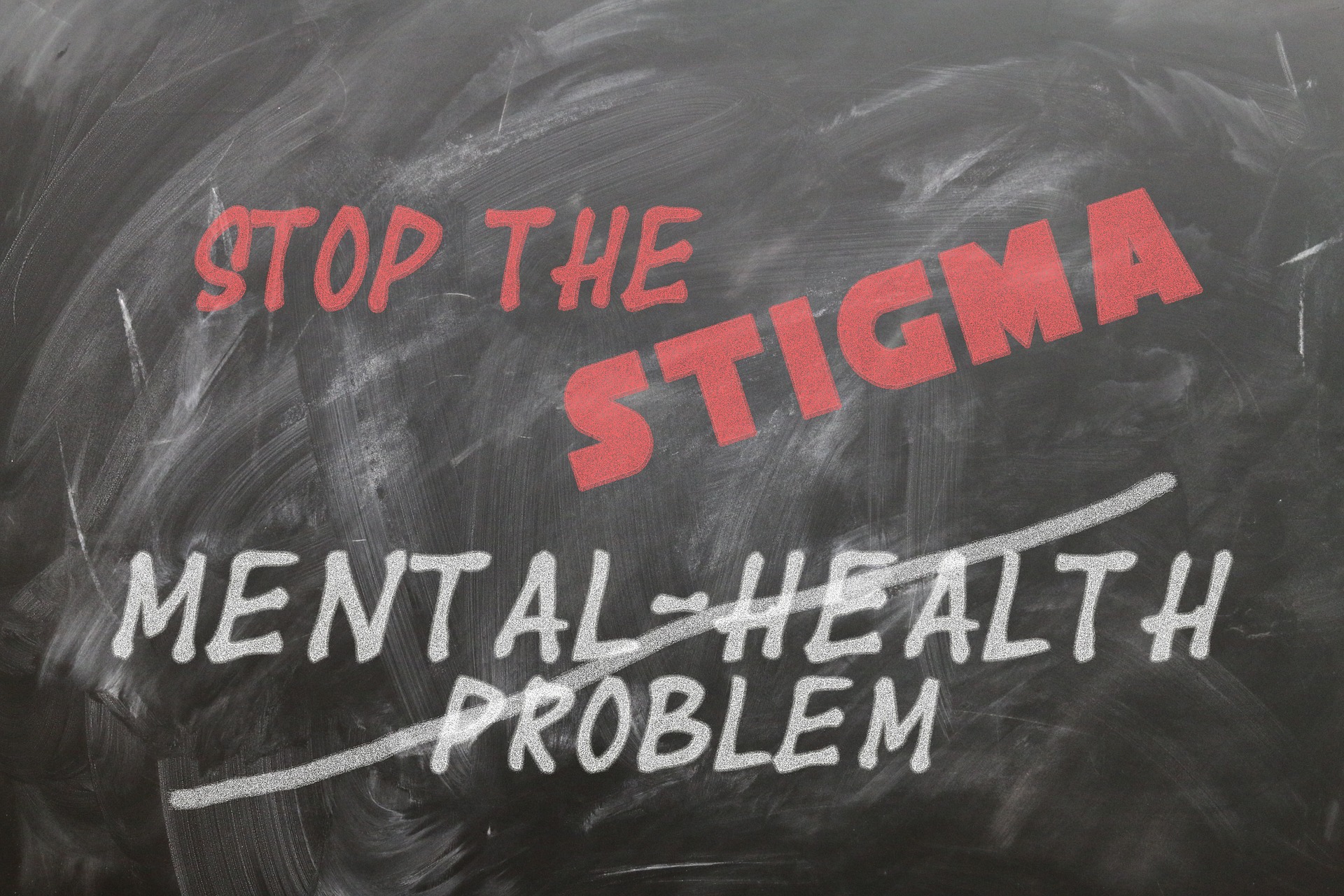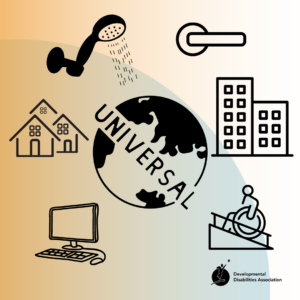By Alanna Hendren
After the school mass shooting in Uvalde, Texas lawmakers justified their guns-for-all position by saying that the problem is not guns but people with mental health problems, even though these very policymakers had been cutting funding to mental health services for years.
Closer to home, the number of police-involved shootings has recently increased in the Lower Mainland. More people with severe mental health problems are attacking police with knives, likely while they are experiencing a major psychotic episode. Homelessness in the Downtown Eastside is correctly attributed to people with mental illnesses, who are living in tent cities, blamed for causing fire hazards. Their only other option is living in rooms where the SPCA would not allow dogs to stay. Increasingly, “mental health” is blamed for many of society’s ills, without anyone offering concrete solutions for the problems of people living with a mental illness.
In 1992, Riverview Hospital, located in Coquitlam, was Canada’s largest psychiatric institution. Plans to downsize and close the institution were developed by the Ministry of Health as work was already underway to downsize B.C.’s three institutions for people with developmental disabilities – Tranquille, Glendale, and, Woodlands. Similarly, the plan was to move mental health services into the community and transfer responsibilities for psychiatric care to local hospitals. The differences between the two downsizing processes were that the closure of Woodlands included a powerful element of organized family advocacy, families who insisted that housing, transportation, and staff support be provided in the community for everyone who left the institution.
In the end, plans to close Woodlands and Riverview were in keeping with the government’s plans to sell off public property to private developers, and in the case of Woodlands, the government spared little expense paying for group homes, vehicles, special equipment, staff training, staff time, community development and specialized community services, with the intent that they migrate to generic community services over time. It was all about inclusion.
As the federal government downloaded public housing responsibilities to provinces and municipalities began to experience increasing homelessness, people living in Riverview were sent back to their communities at a time when little public housing was available. Because of the disorganized thinking of people with serious mental illnesses, many ended up homeless, living on the street, acquiring additional problems with addictions. Many went without their prescribed medications, so their illnesses became worse. Hospital psychiatric units were mandated to serve people with acute mental illness, but this did nothing for the people who had severe, chronic long-term diagnoses. This did not just happen in B.C., this happened throughout the Western world to a greater or lesser extent. Today, there are not enough psychiatric beds to meet the acute needs of patients with severe mental illnesses, and virtually no long-term inpatient care options.
Since many folks with severe mental illnesses experience social isolation and may have additional substance abuse problems, they are labeled “hard to house” because of their uncontrollable behaviors and potential for property destruction or aggression toward others. With just $716 per month for rent, they are priced out of the housing market and expected to cope with circumstances that healthy people would have a hard time negotiating.
In 2022, we are experiencing a massive shortage of psychiatrists, a problem that already existed in 1992 and has only gotten worse. We now also have shortages of nurses and family doctors at a time that demand is growing due to the aging of Baby Boomers. Rates of dementia, autism, ADHD, addictions, depression, anxiety disorders, and other mental illnesses are higher than ever.
Blaming “mental health” for society’s ills may give policymakers a temporary scapegoat during times of unpleasant realities but the mental health problems running rampant in Western societies are largely due to the lack of appropriate resources and services to support people who need treatment. In any given year, 20% of Canadians and 26% of Americans experience a mental illness. Some of these illnesses can be treated but many cannot. Schizophrenia, psychosis, serious bipolar disorders, serious substance abuse, and major depression can be fatal. People do not choose to have a mental illness and are not responsible for their life choices because by definition, their thinking is disorganized, and often they are confused by hallucinations.
In spite of modern science and technology, we still have no “cures” for mental illnesses, we only have treatments that will lead to remission at best. Pharmaceutical companies have almost given up trying to invent any new “magic pills” for psychiatric problems because we still know relatively little about how human brains work. The police are not to blame – they have become the default front line of service to many people with serious mental illness. Prisons have become treatment centers for substance abuse and mental illness but are only available to people who commit crimes.
Community problems are not the fault of people with chronic mental health disorders, they are the fault of elected officials and bad policy-making based on wishful thinking rather than reality. Rather than complaining about the people who cause problems because they are mentally ill, it’s time for federal, provincial, and municipal governments to help people get healthy so they can become contributing members of society again.



